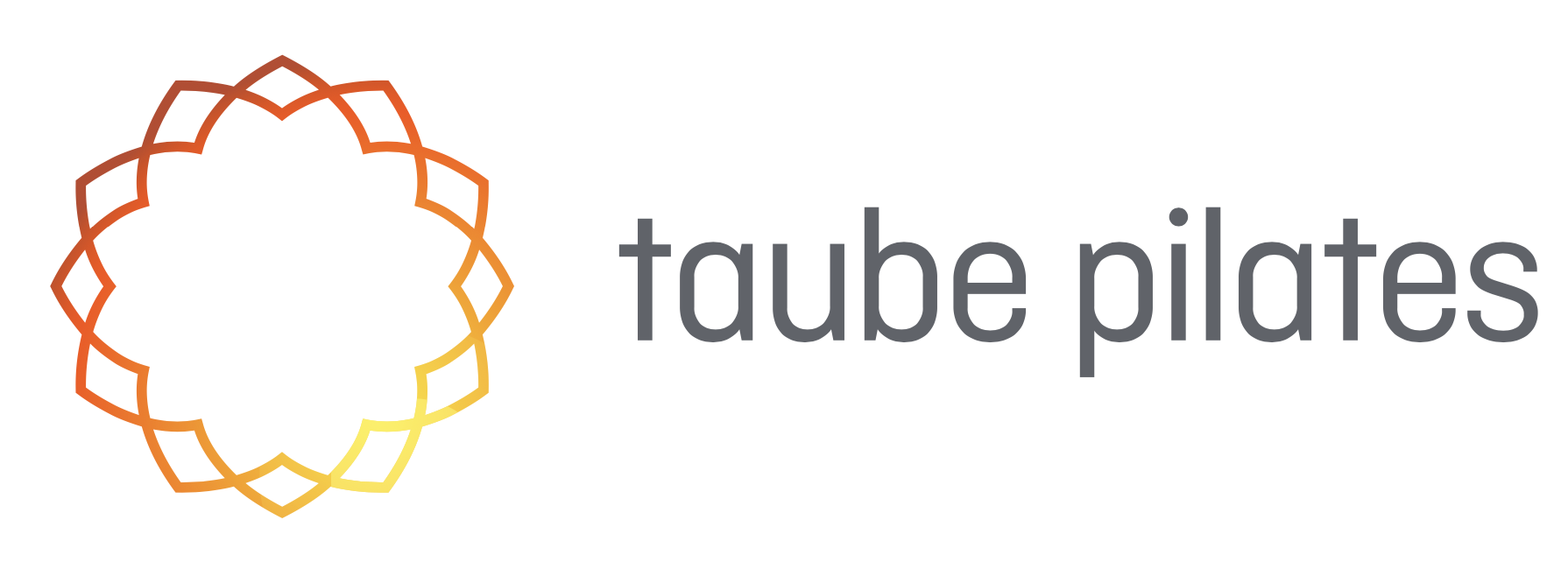
One of the most amazing body transformations that occur to women is the adaptive changes that happen during and after pregnancy.
A woman’s body is designed to be able to carry and nurture a baby. The changes that occur during the pre and post-natal period must occur to accommodate for the growing foetus. This includes not only changes in the musculoskeletal system – this where we can actually see that someone is pregnant, but also changes in the hormonal, cardiovascular, lymphatic, respiratory and circulatory system.
As a woman’s body changes through each trimester, the elasticity of the muscles, joints, ligaments and connective tissues increases. This is mainly due to a hormone called Relaxin which circulates through the whole body and can cause muscle and joint aches and pains!
Common pregnancy related complaints may include, but not be limited to:
- Lower back pain
- Pelvic girdle pain
- Pubic symphysis pain
- Pelvic instability
- Pelvic floor weakness or spasm
- Hip pain
- Sciatica
- Neck and shoulder pain
- Heartburn
- Carpal tunnel syndrome
- Headaches

One of the best ways to help manage and relieve pre and post natal related muscle and joint aches and pains is to remain active and perform physical activity.
Following recommended exercise guidelines while pregnant are extremely important for safety of you and bub:
https://www.betterhealth.vic.gov.au/health/healthyliving/pregnancy-and-exercise
There are many safe, effective and accessible ways to keep strong while pregnant, and just as importantly, in the post natal period. Make sure that the exercises you perform are tailored to your stages in pregnancy or post natal period, as well as your pain levels and ability!
Physical activity that may be beneficial during and after pregnancy includes:
- Walking
- Swimming
- Pilates for Pre and Post Natal
- Yoga for Pre and Post Natal
- Gym – tailored for Pre and Post Natal
Understanding your body and why it may be sore is also a really great indicator for getting the right advice when performing exercises while pregnant. Seeing an experienced health professional who specializes in pre and post natal patients such as an Osteopath or Pilates instructor will be extremely beneficial to your overall musculoskeletal health, strength and mobility.

When seeing your Osteopath or Pilates instructor some of the exercises prescribed during the pre and post natal period will aim at:
- Strengthening your pelvic floor,
- OR Loosening off the pelvic floor! Yes it can be too tight! as it is a muscle!
- Strengthening your gluteal (bottom) muscles which are really important for pelvic stability and lower back and pelvic support
- Helping and improving your balance
- Creating optimal posture
- Help if there is abdominal muscle separation – diastasis recti
- Improve your “core” strength and stability
- Improve overall mobility and flexibility

Other tips to help relieve back pain when pregnant or in the post natal period:
Ask for help and know when to see your Doctor!
- If pain is unusual, sharp, different, or you just aren’t sure, see your Doctor, Obstetrician, Osteopath or Health Care Practitioner. They will help your with the diagnosis and appropriate management and care required
Sleep on Your Side
- Using supportive pillows will help keep your pelvis, hips, sacroiliac joints and pubic symphysis less twisted and more supported,
- Lie on your side with your knees bent, using a pillow under your head and between your knees. You can also place a pillow or rolled up towel under your belly too for extra support.
Use a Heat Pack or Ice Pack to help with Pain and Discomfort
- This helps decrease pain associated with muscle spasm, joint or nerve irritation.
Hands On Therapy
- This can include Osteopathy which can give lots of relief to aching muscles and joints, as well as help with fluid movement and taking pressure of strained and tired body parts!
Use Supportive Braces, Tubi-grip band or Sports Taping if Required
- Using supports will give help to musculoskeletal structures that are under a lot more strain and load than usual.
Braces, Bands or Taping for the
- Sacroiliac joints,
- Pubic Symphisis or
- Lower Back

If you have any further questions, or would like some advice if you are in pain, or would like an exercise program tailored to you, please be in touch!
Dr Gaby Nowak
Osteopath and Pilates Instructor
St Kilda Osteopathy
22 Alma Road
St Kilda 3182
This blog post is an educational tool only. It is not a replacement for medical advice from a registered and qualified doctor or health professional.
